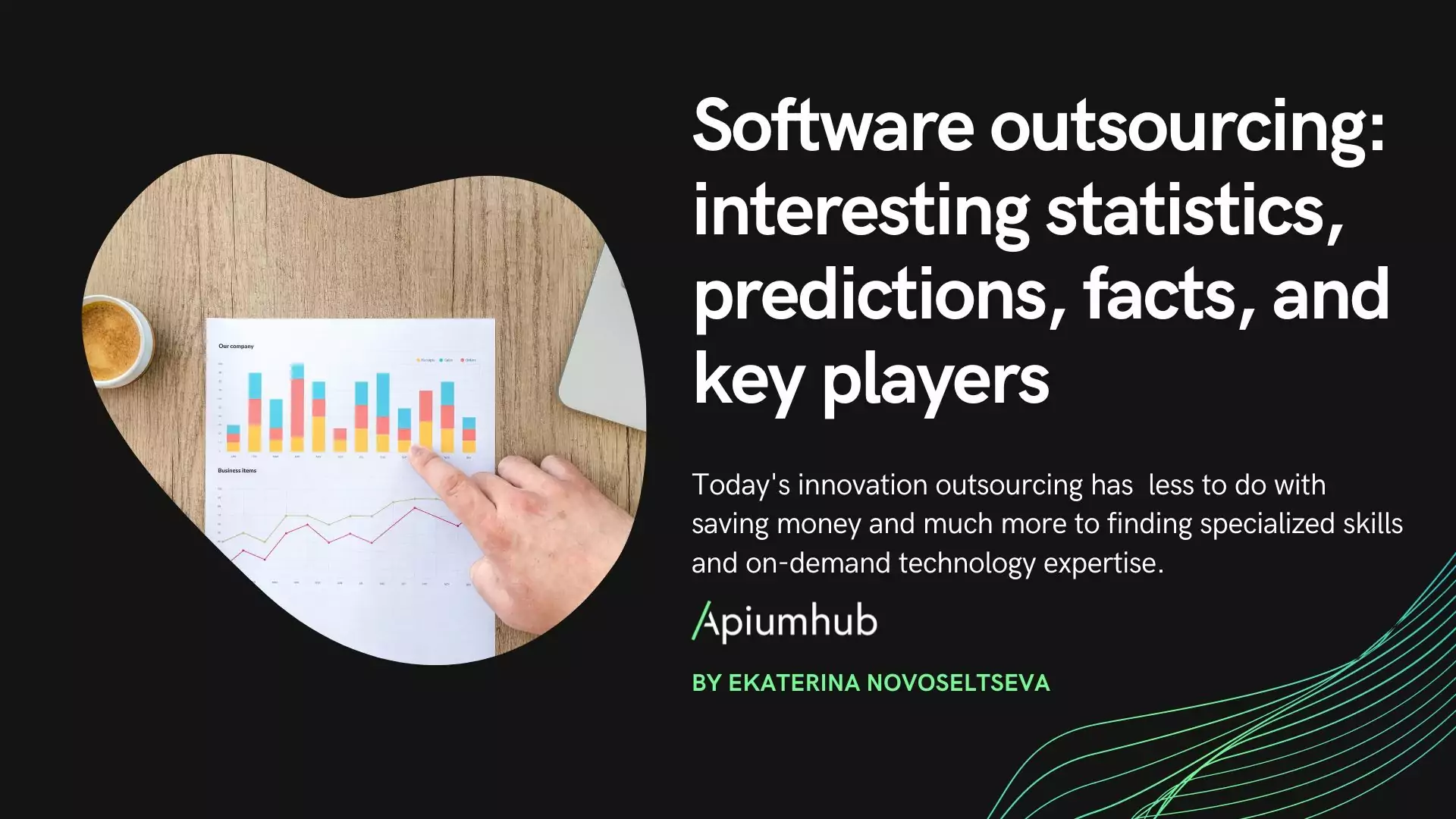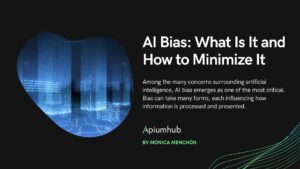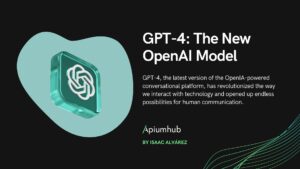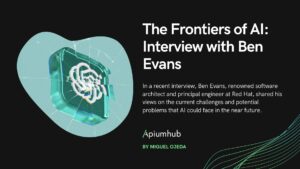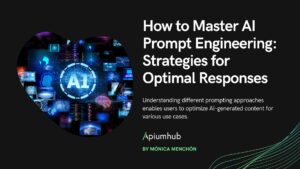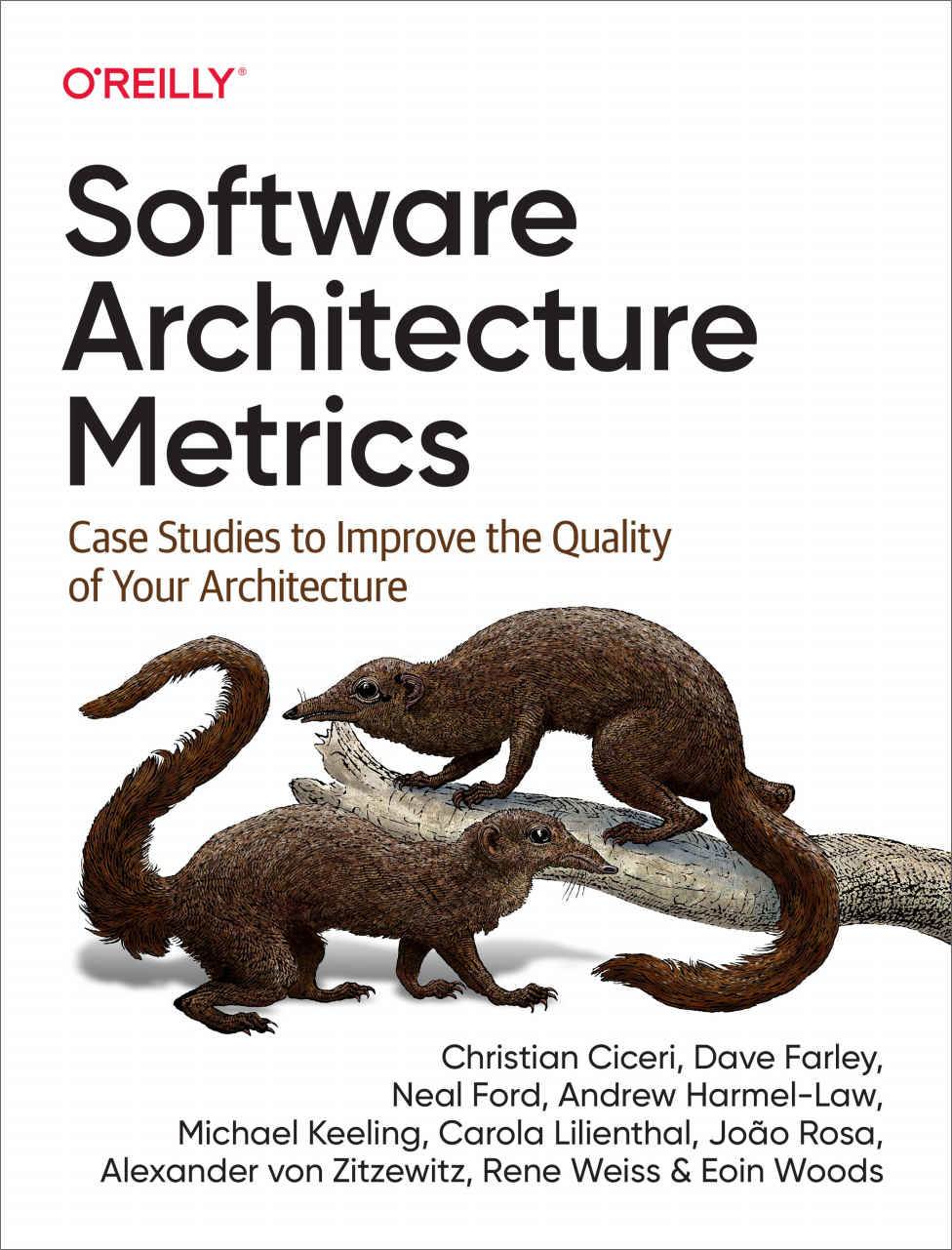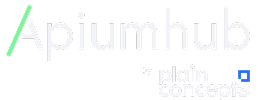Table of Contents
In today’s AI-driven world, data-driven decision-making is no longer optional—it’s essential. At the center of this approach are Key Performance Indicators (KPIs), measurable values that help organizations track progress toward strategic goals. KPIs act as a company’s compass, providing clarity on whether efforts are moving in the right direction, surfacing areas for improvement, and aligning teams with broader objectives.
But when working with AI KPIs take on a new dimension. AI KPIs are not only about business results but also about monitoring AI model accuracy, AI model latency, AI confidence score, and even AI model drift detection to ensure systems remain effective and trustworthy.
KPIs vs Metrics in AI: Key Differences Explained
It’s important to clarify the difference between KPIs and metrics. Metrics are general measurements of activities or processes (e.g., number of website visits, API calls, or model training runs). KPIs, on the other hand, are the specific, strategically chosen metrics that indicate whether the company is achieving its objectives. In short, all KPIs are metrics, but not all metrics are KPIs. For example:
- Metric: Number of AI queries processed.
- KPI: Revenue per AI interaction that directly shows business impact.
Types of KPIs in the AI Context
- Financial KPIs: These measure the fiscal impact of AI initiatives, such as ROI on AI investments, cost savings from AI, or revenue per AI interaction.
- Example: A retail company measuring cost savings from AI through automated customer service, reducing reliance on human agents.
- Example: A retail company measuring cost savings from AI through automated customer service, reducing reliance on human agents.
- Operational KPIs: These focus on system efficiency and scalability. Here, AI model latency, time savings, AI, and time to value AI are critical.
- Example: A logistics firm tracking time savings AI in route optimization to ensure deliveries are consistently faster and cheaper.
- Example: A logistics firm tracking time savings AI in route optimization to ensure deliveries are consistently faster and cheaper.
- Customer KPIs: These assess user satisfaction and experience with AI-driven services. Measures such as customer effort score AI, time on task AI, and AI confidence score provide insight into customer trust and usability.
- Example: A SaaS company tracking customer effort score AI to understand how easily clients resolve issues with an AI-powered help desk.
- Example: A SaaS company tracking customer effort score AI to understand how easily clients resolve issues with an AI-powered help desk.
- Employee and Product KPIs: These highlight productivity and product effectiveness. Monitoring AI model accuracy and AI model drift detection ensures employees and customers can rely on consistent AI outputs.
- Example: A healthcare provider measuring AI model accuracy for diagnostic imaging while also implementing AI model drift detection to catch degradation over time.
Challenges of KPIs in AI’s Non-Deterministic World
AI products introduce unique KPI challenges because their outcomes are probabilistic rather than deterministic. This means:
- Uncertainty: Same inputs may not always yield the same outputs, making AI model accuracy only one piece of the performance puzzle.
- Data drift: Changing user behaviors or environments require active AI model drift detection and recalibration of KPIs.
- Trade-offs: Improving AI model latency might reduce accuracy, forcing balanced KPI frameworks.
- Ethics and trust: KPIs must incorporate fairness, transparency, and explainability, not just speed and cost.
Best Practices for AI KPI Management
- Use multi-dimensional KPIs: Pair business KPIs like ROI AI investments with technical AI KPIs such as AI confidence score. This ensures performance is evaluated from different perspectives: financial, operational, customer-centric, and ethical.
- Example: Netflix combines Time to Value AI with Viewer Retention, while also monitoring high rates of AI model accuracy on personalized recommendations. This provides a balanced view of user satisfaction, system efficiency, and long-term business value.
- Example: Google Ads uses a multidimensional set including Revenue per AI interaction, AI model latency, and Customer Effort Score AI. This shows that both profitability and user experience are being optimized together.
- Example: Tesla integrates AI model drift detection with safety disengagements per mile and time-saving AI, ensuring technical stability, safety, and efficiency are jointly tracked.
- Leverage dynamic dashboards: Continuously monitor time to value AI and adjust benchmarks as systems evolve.
- Balance short- vs. long-term goals: Optimize revenue per AI interaction today without ignoring customer trust tomorrow.
- Include responsible AI KPIs: Track bias detection, alongside traditional KPIs like time savings AI.
- Keep humans in the loop: Validate AI model accuracy and edge cases with domain experts.
Real-World Case Studies of AI KPIs
- Google has expanded beyond click-through rates to measure time on task, AI, and long-term satisfaction, ensuring recommendations build trust rather than just engagement.
- Netflix uses KPIs like time to value AI (how quickly a user finds content worth watching) and retention rates, showing personalization’s impact on business growth.
- Tesla monitors both AI model latency (for real-time driving decisions) and safety-related KPIs, ensuring alignment with real-world safety outcomes.
- Microsoft incorporates AI model drift detection and fairness KPIs into Azure AI, balancing innovation with accountability.
Conclusion: Building Business Success with AI KPIs
KPIs remain the compass of business success, but in AI-driven environments, they must evolve. Companies should design KPI frameworks that are adaptive, multi-dimensional, and ethically grounded—measuring not just efficiency or cost but also trust, fairness, and customer experience.
Organizations that strategically track AI model accuracy, AI model latency, AI model drift detection, AI confidence score, ROI AI investments, cost savings from AI, and customer effort score AI will be positioned not only to innovate but also to scale AI responsibly. In doing so, they transform AI from a powerful tool into a sustainable engine of long-term competitive advantage.

